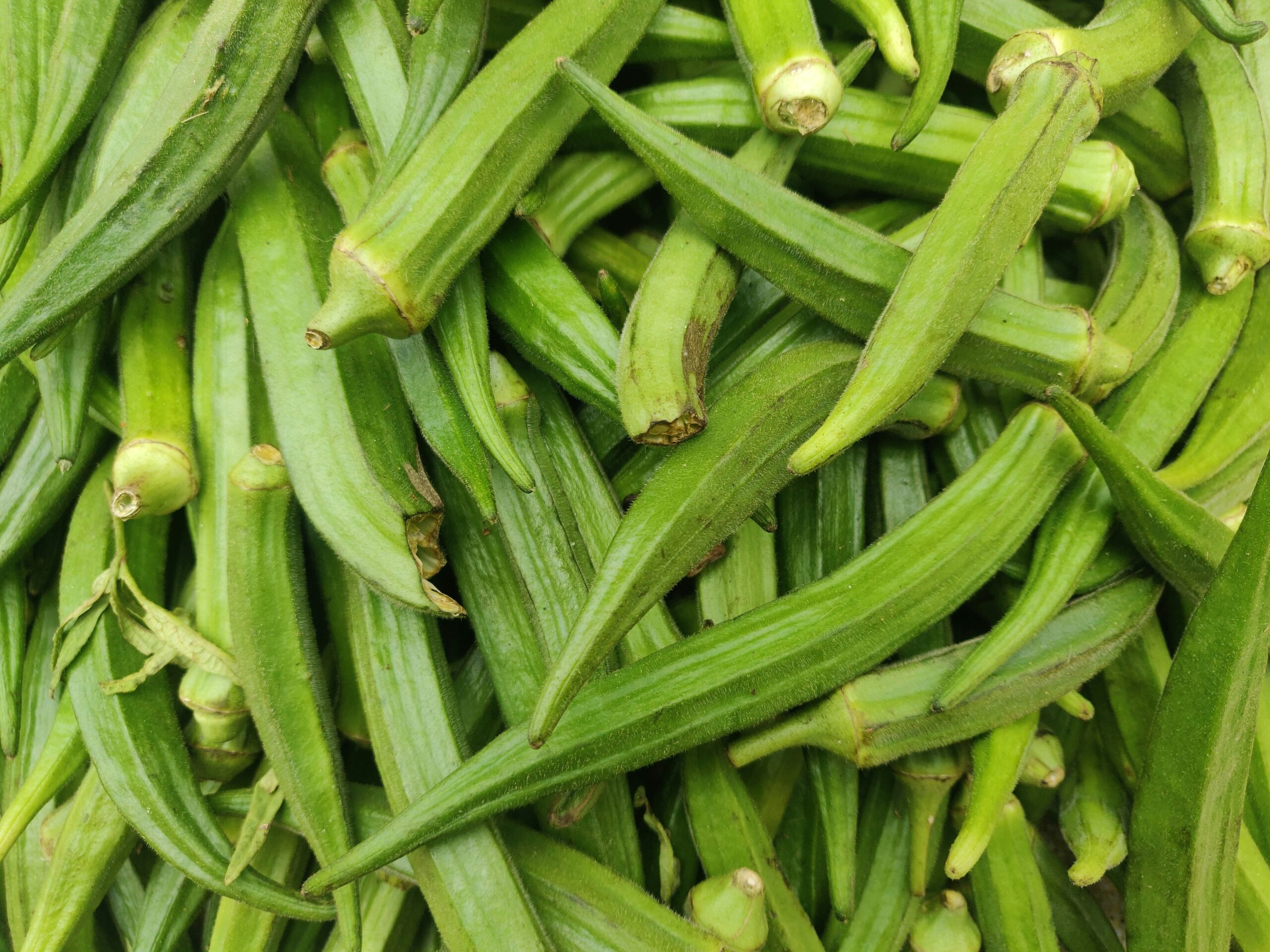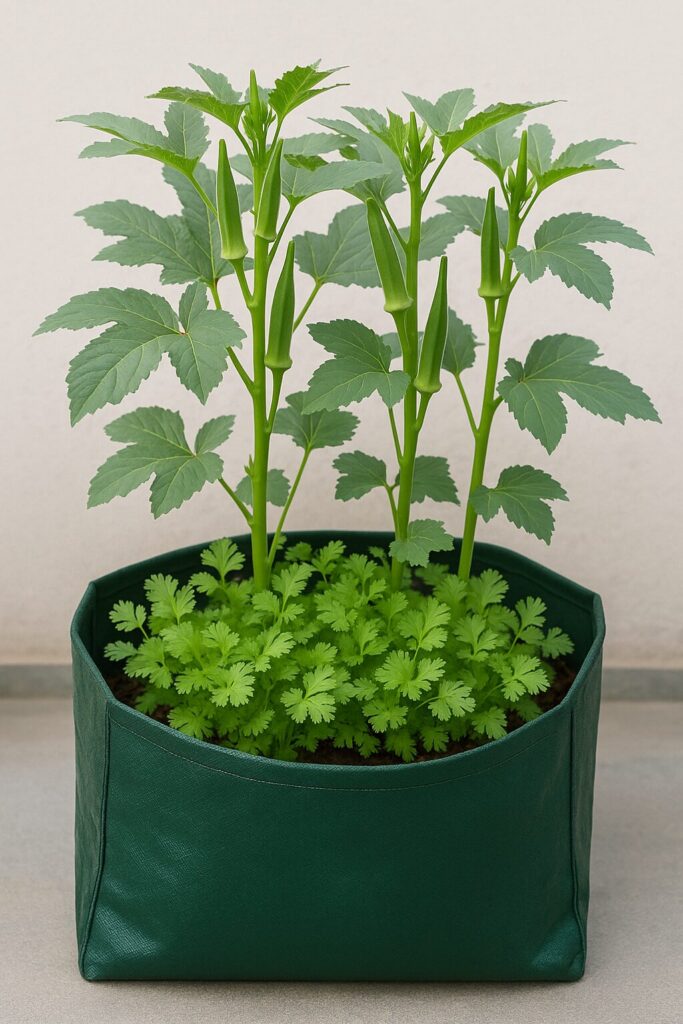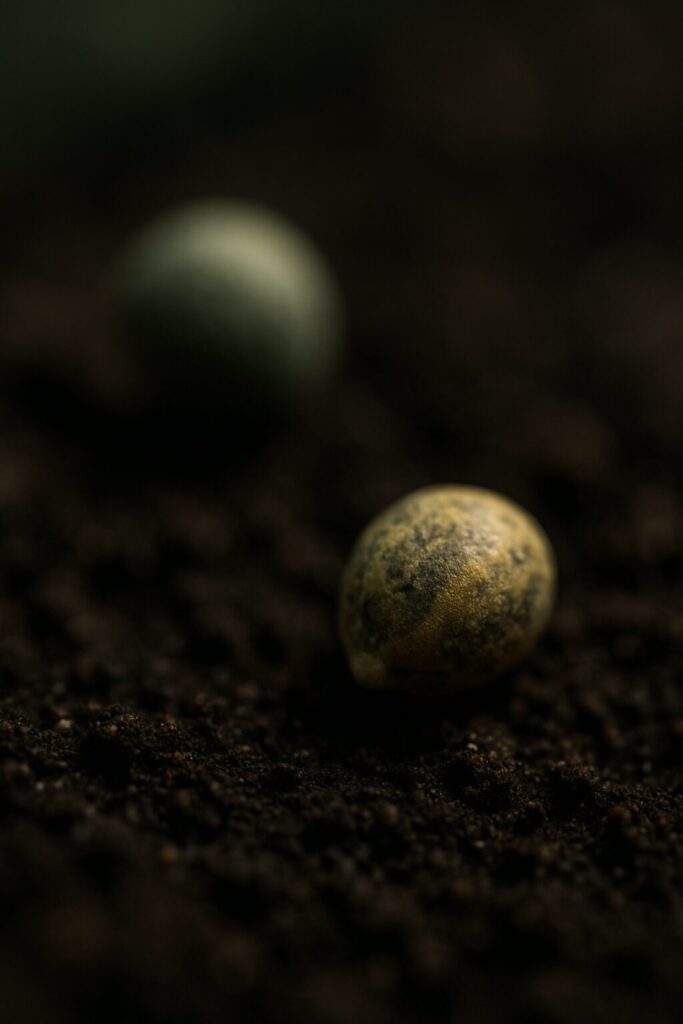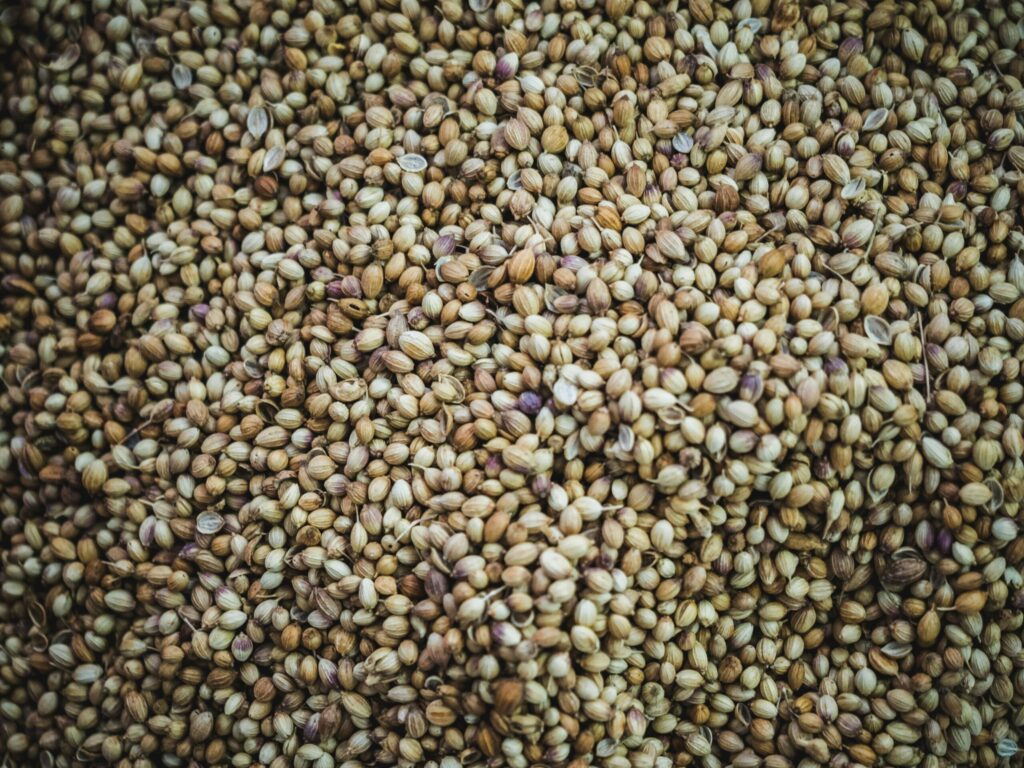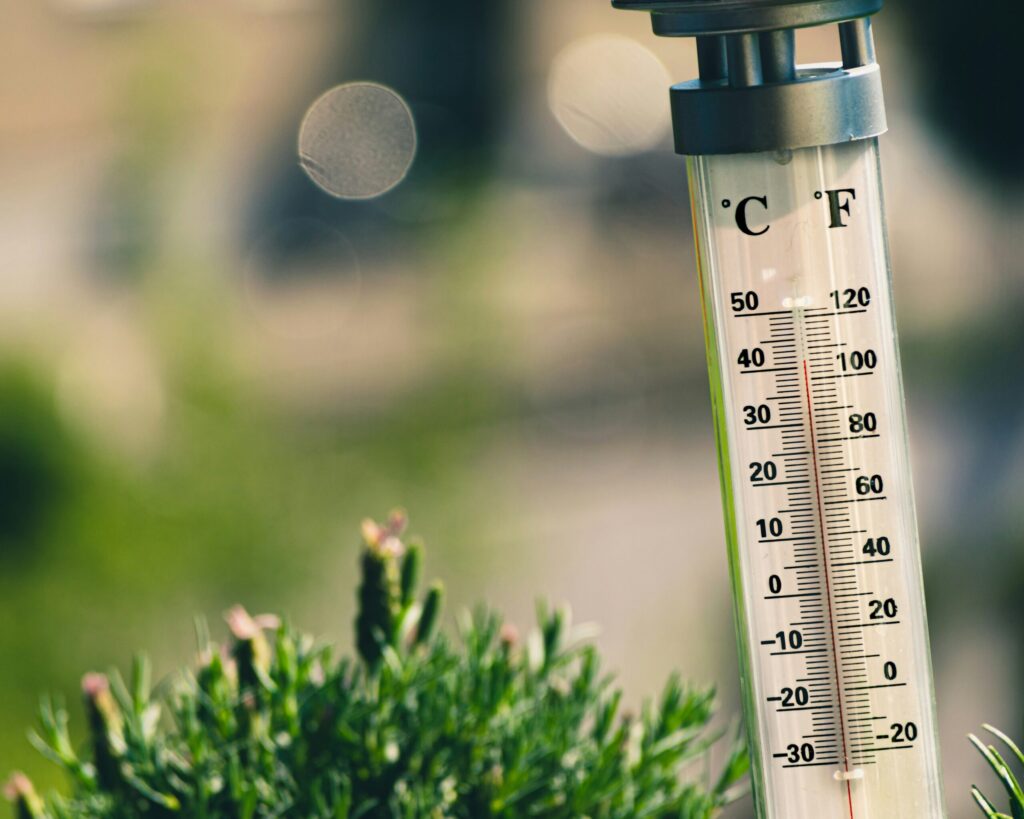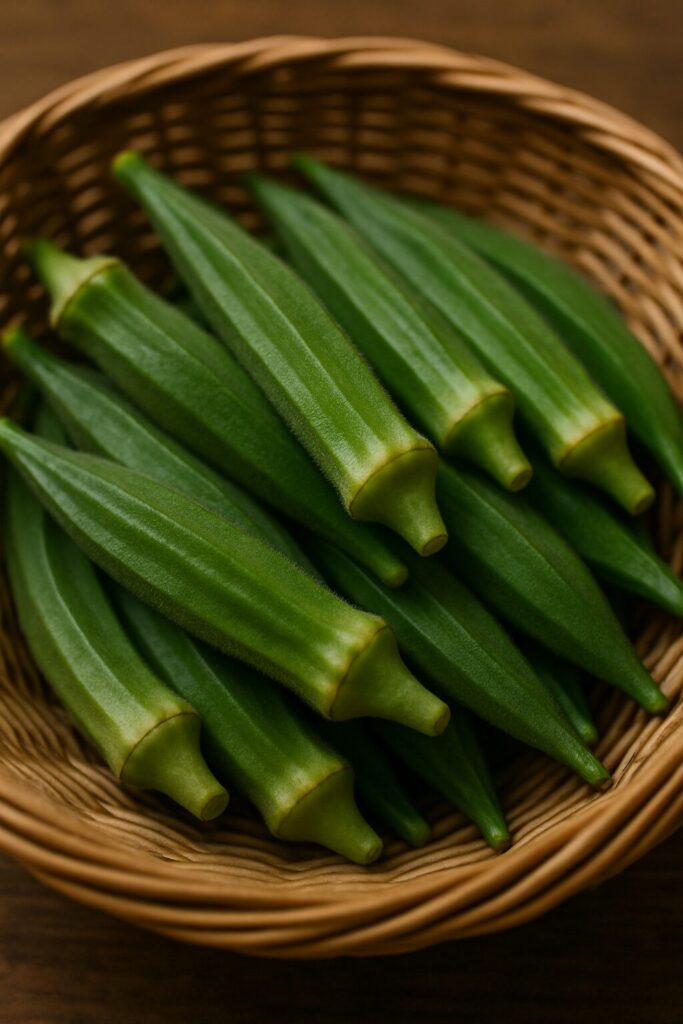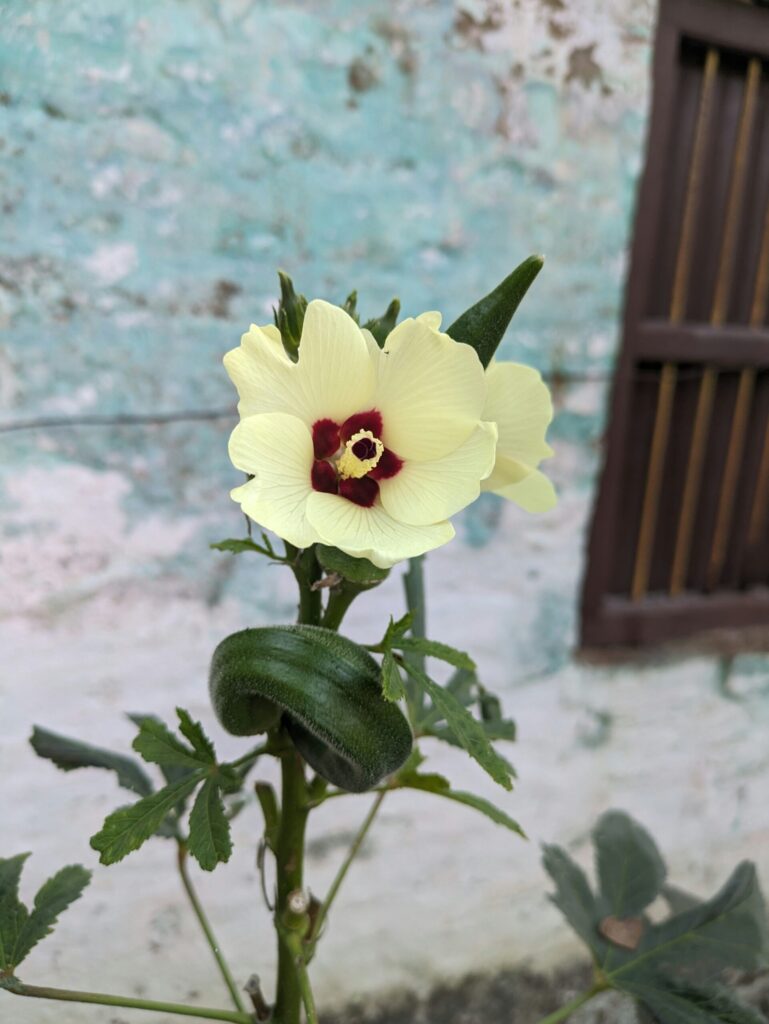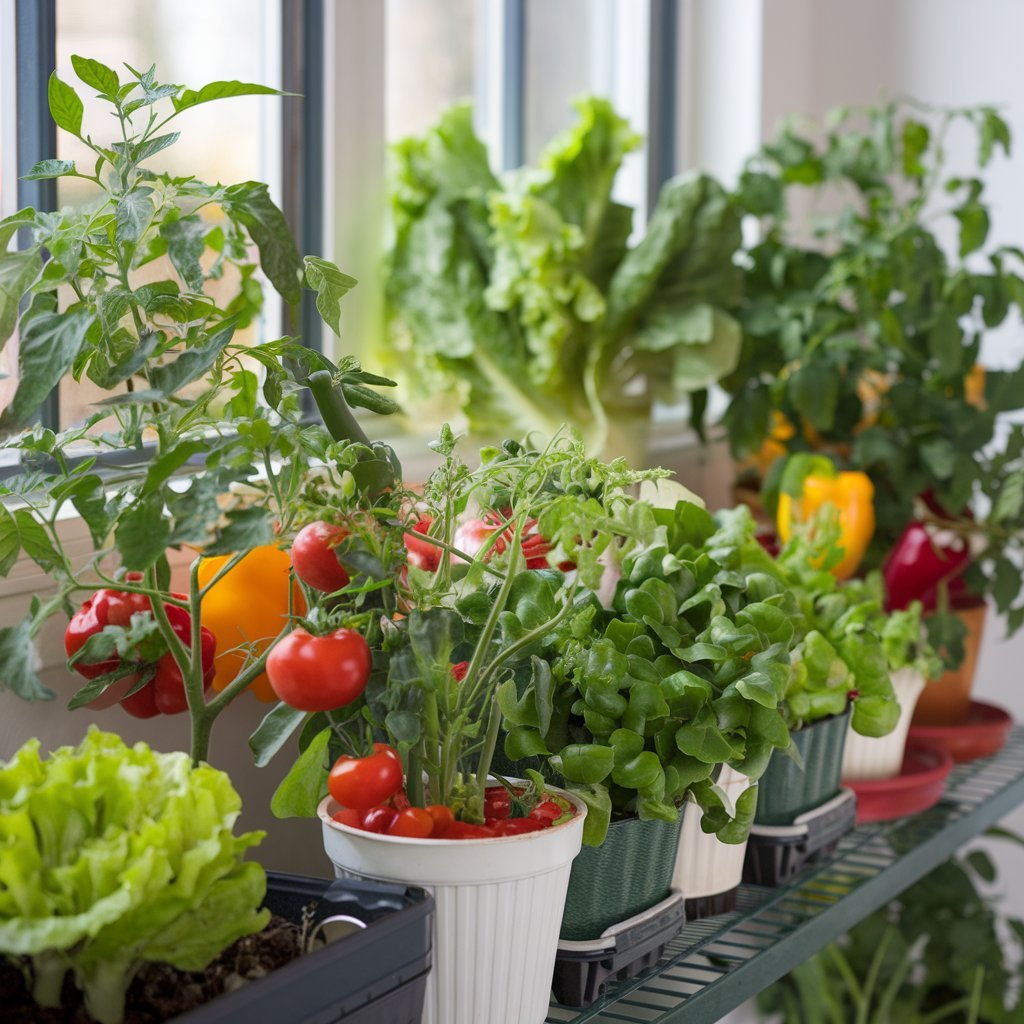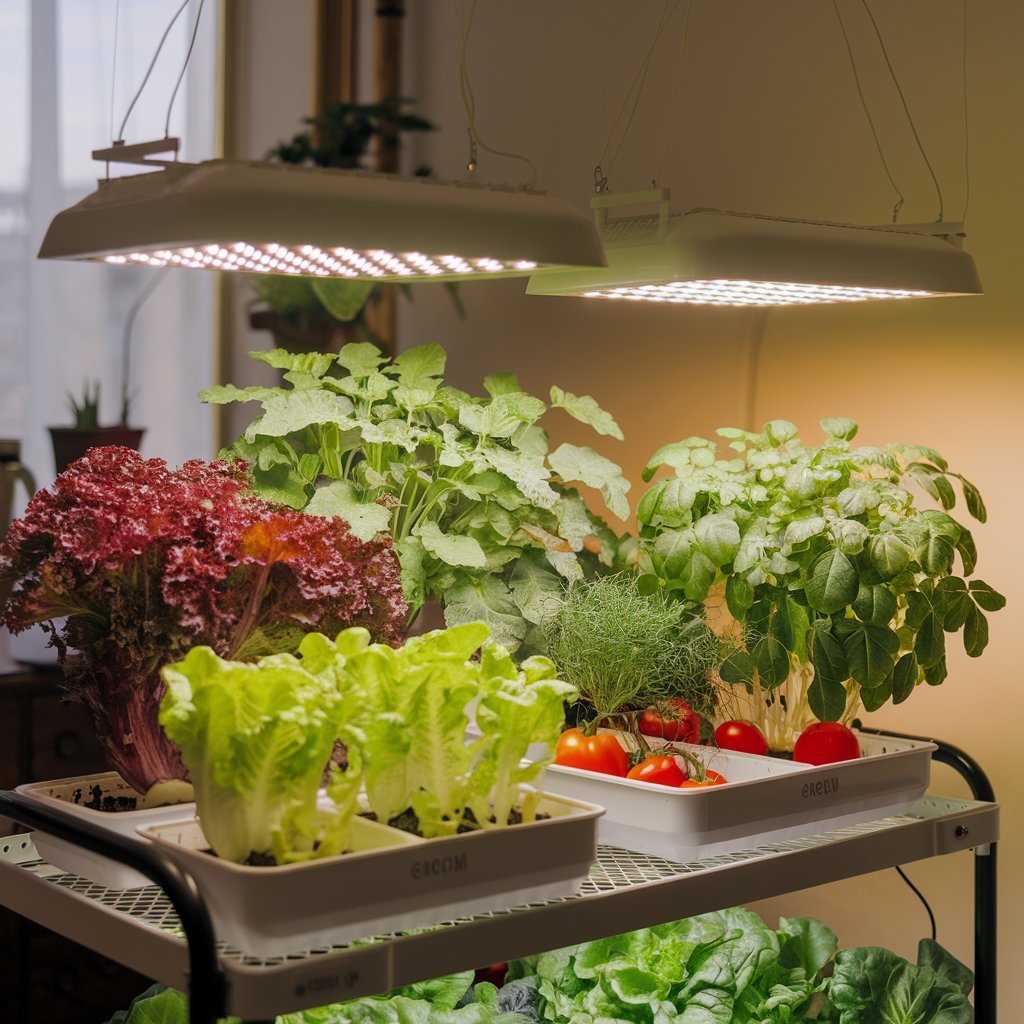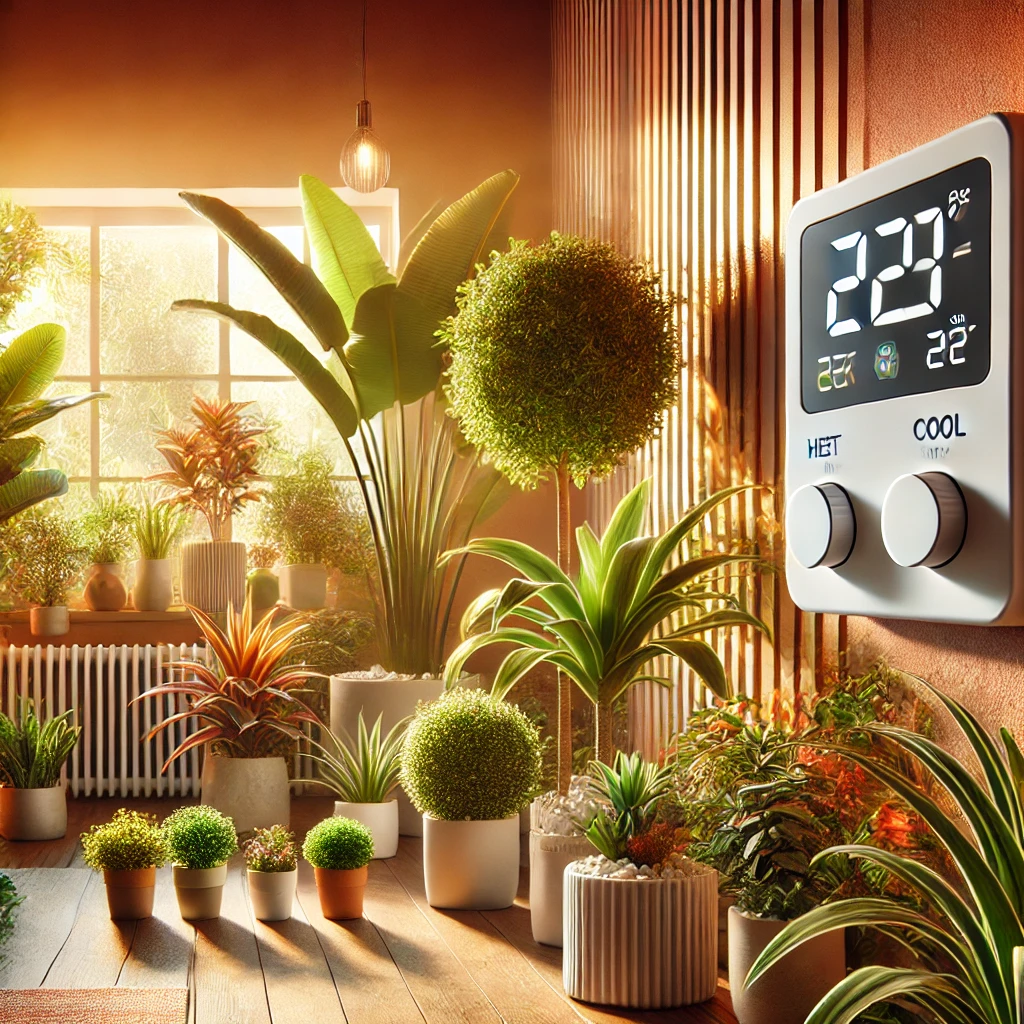5 Fast Growing Vegetable You Can Harvest in Just 30 Days
In an age where convenience meets consciousness growing your own vegetables has become more than just a trend it’s a movement.Whether you’re working with a sprawling backyard or a modest apartment balcony cultivating fresh produce at home is not only possible it’s incredibly rewarding.Even better some vegetable grow so quicly you can start enjoying your harvest in as little as 30 days.
This guide will walk you through five fast growing vegetable perfect for beginner gardener apartment dwellers and anyone eager to enjoy homegrown food with minimal waiting. Let’s dive into the garden of quick win.
Why Fast Growing Vegetable?
Fast-growing vegetables are a dream for new gardener or those with busy schedule. Here are a few reason why they should be your go to choice:
* Quick Results: Motivation comes easy when you see fast progress.
* Perfect for Succession Planting: Harvest one plant another—maximize space and yields.
* Great for Kids: Short growth cycles are perfect for keeping children engaged.
* Season Flexibility: Enjoy multiple planting cycles in spring,summer and fall.
With these benefit in mind let’s explore the five superstar veggies that promise a speedy harvest.
1. Radishes: Crunchy,Spicy and Ready in 25 Days

Why Grow Radishes?
Radishes are one of the quickest growing vegetable often ready to harvest in just 20 to 25 days. Their sharp peppery flavor add zing to salad and sandwiche.
Growing Tip:
* Soil: Loose well-drained soil
* Sunlight: Full sun to partial shade
* Watering: Keep soil consistently moist
* Container-Friendly: Yes shallow pots work well
Harvesting Tip: Once they reach about an inch in diameter they’re ready to pull.Leaving them in the ground too long can make them woody or bitter.
Popular Varieties: Cherry Belle French Breakfast White Icicle
2. Arugula: Peppery Leaves in Just 20 Days

Why Grow Arugula?
If you love flavorful greens arugula is a must.It mature in as little as 20 days and thrives in cooler weather.
Growing Tip:
* Soil: Nutrient-rich and well-drained
* Sunlight: Partial shade is ideal
* Watering: Keep it evenly moist
* Container Friendly: Absolutel a shallow tray is sufficient
Harvesting Tip: Pick individual leaves when they’re 2-3 inches long or harvest the whole plant when it’s about 6 inches tall.
Popular Varieties: Astro, Rocket, Slow Bolt
3. Lettuce: Crisp Refreshing and Harvestable in 28 Days

Why Grow Lettuce?
Lettuce is one of the easiest and most rewarding leafy green to grow.It germinate quickly and grow well in small container.
Growing Tip:
* Soil: Loose moist and rich in organic matter
* Sunlight: Partial shade or morning sun
* Watering: Keep it evenly moist
* Container Friendly: Yes even window boxe work
Harvesting Tip: Use the “cut and come again” method to keep your lettuce producing for week.
Popular Varieties: Buttercrunch Salad Bowl Romaine
4. Spinach: Nutrient-Rich and Ready in 30 Days

Why Grow Spinach?
Spinach is a cool weather crop packed with nutrient like iron,calcium and vitamins A and C. It grow quickly and is great for smoothies sautés and salad.
Growing Tip:
* Soil: Fertile and well-drained
* Sunlight: Partial to full sun
* Watering: Keep soil evenly moist
* Container-Friendly: Yes, but needs depth of at least 6 inches
Harvesting Tip: Harvest young leaves once they’re about 3 inches long for best flavor.
Popular Varieties: Bloomsdale, Baby Leaf Space
5. Green Onions: Regrow from Kitchen Scrap in 21 Days

Why Grow Green Onion?
Also known as scallions green onion are versatile fast growing and incredibly easy to grow from kitchen scrap.
Growing Tip:
* Soil: Moist and well-drained
* Sunlight: Full sun to partial shade
* Watering: Water consistently but avoid soggy soil
* Container-Friendly: Ideal for small jar or pot
Harvesting Tip: Cut the green tops once they reach 6-8 inches tall.They will continue to regrow for multiple harvest.
Popular Varieties: Evergreen Bunching White Lisbon
Getting Started: Tool and Tip for Success
To maximize your success, gather a few basic:
* Quality seed
* Organic potting mix
* Watering can or spray bottle
* Containers with drainage holes
* Label for plant identification
Quick Tips:
* Start with easy wins like radishes and arugula.
* Use companion planting to maximize space and repel pest.
* Monitor daily for water and sunlight needs.
* Don’t forget to fertilize weekly with an organic liquid feed.
Sustainability Bonus: Grow, Harvest, Repeat
Fast growing vegetables aren’t just convenient they’re also eco-friendly.Growing your own food reduce reliance on packaged green and cut down on grocery trip and carbon footprint.
Try succession planting. As soon as you harvest one crop plant another in its place.This ensure a continuous supply of fresh produce throughout the season.

Your Garden Your Rules
The joy of gardening lies not only in the harvest but in the journey.These five fast growing vegetable are the perfect way to start. They require minimal effort deliver result quickly and invite you into a lifestyle that’s sustainable, healthy, and deeply satisfying.
Start small. Pick your favorite from the list and plant today.You’ll be surprised how just a few minutes a day in the garden can nourish your body mind and soul.
🌿 Frequently Asked Questions About Fast-Growing Vegetables
🌱 What are the quickest vegetables I can grow at home?
Radishes, arugula, lettuce, spinach, and green onions are some of the fastest-growing vegetables. Most are harvest-ready in just 20–30 days, making them perfect for beginners and busy growers alike.
🪴 Can I grow these veggies in containers or small spaces?
Absolutely! These veggies do great in pots, planters, grow bags, and even upcycled containers. Just make sure they have drainage and get enough sunlight each day.
☀️ How much sunlight do these fast growers need?
Most of these vegetables thrive with 4–6 hours of sunlight daily. Leafy greens like spinach and lettuce can handle some shade, while root veggies like radishes prefer full sun.
🌼 Should I use fertilizer to get quicker harvests?
Yes! A gentle organic fertilizer or well-rotted compost will give your plants the nutrients they need to grow fast and strong. Avoid too much nitrogen though — especially for root crops.
📅 When’s the best time to plant these veggies?
Spring and fall are the best times for most fast-growing vegetables. They love cooler temperatures and will grow better when it’s not too hot. In mild climates, you can grow them year-round!
✂️ Can I harvest these vegetables without killing the plant?
Yes! For leafy greens, just snip off the outer leaves and let the center continue growing — it’s called “cut and come again.” For root crops, pull the whole plant, but you can regrow green onions and more from scraps in water or soil.

